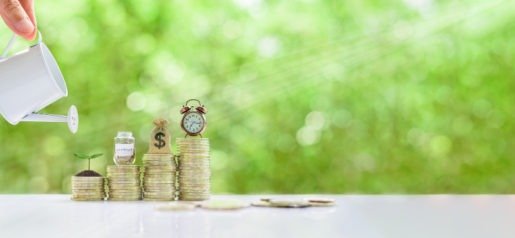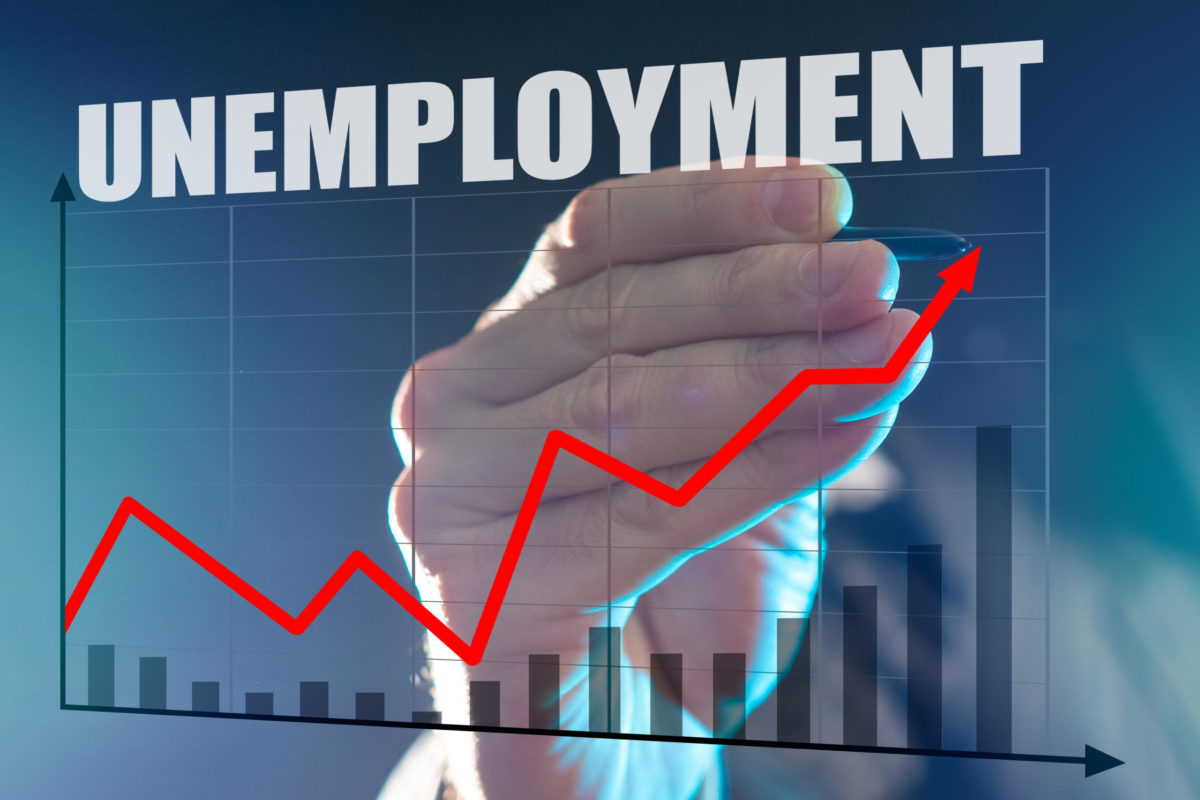Let us talk about the gross domestic product situation in the United States. All 50 states started to loosen coronavirus-related restrictions in some fashion as of Wednesday. Nevertheless, for the United States economy, the road ahead to exit the recession, induced by the pandemic, is a long one.
Moreover, it will be even more challenging than initially thought, according to economists at Bank of America Global Research.
The firm wrote a note to clients, publishing it on Wednesday. The firm said that the damage to the economy due to the historic shock has been hard to grasp. Nevertheless, they now believe that they have understated the extent of the decline. Moreover, they are revising the possible path of the gross domestic product.
As the firm says, there will be three phases in the recession: lockdown, transition, and recovery.
The good news is that amid the transition phase, we are going to see the bounce in economic activity after a springtime collapse. Many economists expect that that bounce will be more reliable than previously forecasted. We are now in that phase.
BofA said that an earlier reopening means a higher initial bounce in the activity. Moreover, they revised 3Q gross domestic product to +7% QoQ saar vs -1% QoQ saar previously. Higher consumer spending will drive the gain entirely. Thus, they still expect a critical decline in investment.
Apple’s mobility trends report data shows that driving activity across the United States is just a few percentage points below the baseline. It thus suggests that consumers are ready to leave their homes, and more businesses are reopening.
Gross Domestic Product
The stimulus was provided to consumers through the CARES ACT. This week, earnings reports from companies including WMT (Walmart) and TGT (Target), were released. The reports say that the stimulus is helping steady consumer spending and makes way for some retailers.

The lockdown phase hit the economy hardest in March and April, and we can now see the return of the GDP to pre-COVID levels. Thus, the Bank of America thinks that the impact will be a more considerable drag on the economy than previously forecasted.
Bank of America is expecting the gross domestic product to decline at an annualized rate of 40% in the second quarter. It is thus up from a prior estimate of a 30% annualized decline in the activity. The firm now forecasts a peak-to-trough gross domestic product drop of 13%. It far exceeds the 4% decrease seen at the nadir of the financial crisis. It is also up from its previous forecast for a 10% drop in the gross domestic product.
A massive reduction in investment and consumer spending is driving this unexpectedly high first decline. The Bank of America is calling for a 46% annualized drop in consumption in the second quarter. Moreover, they are calling for a 35% annualized drop in investment amid the second quarter. Furthermore, the Bank of America says that the gross domestic product data for the second quarter will be ugly.
BOFA is seeing disinflation, a soft labour market, a lack of investment conspiring to keep growth below pre-COVID levels into 2020, to take place over the next 18 months.
The firm wrote that an earlier reopening prompted health experts to increase estimates for the number of COVID cases.













